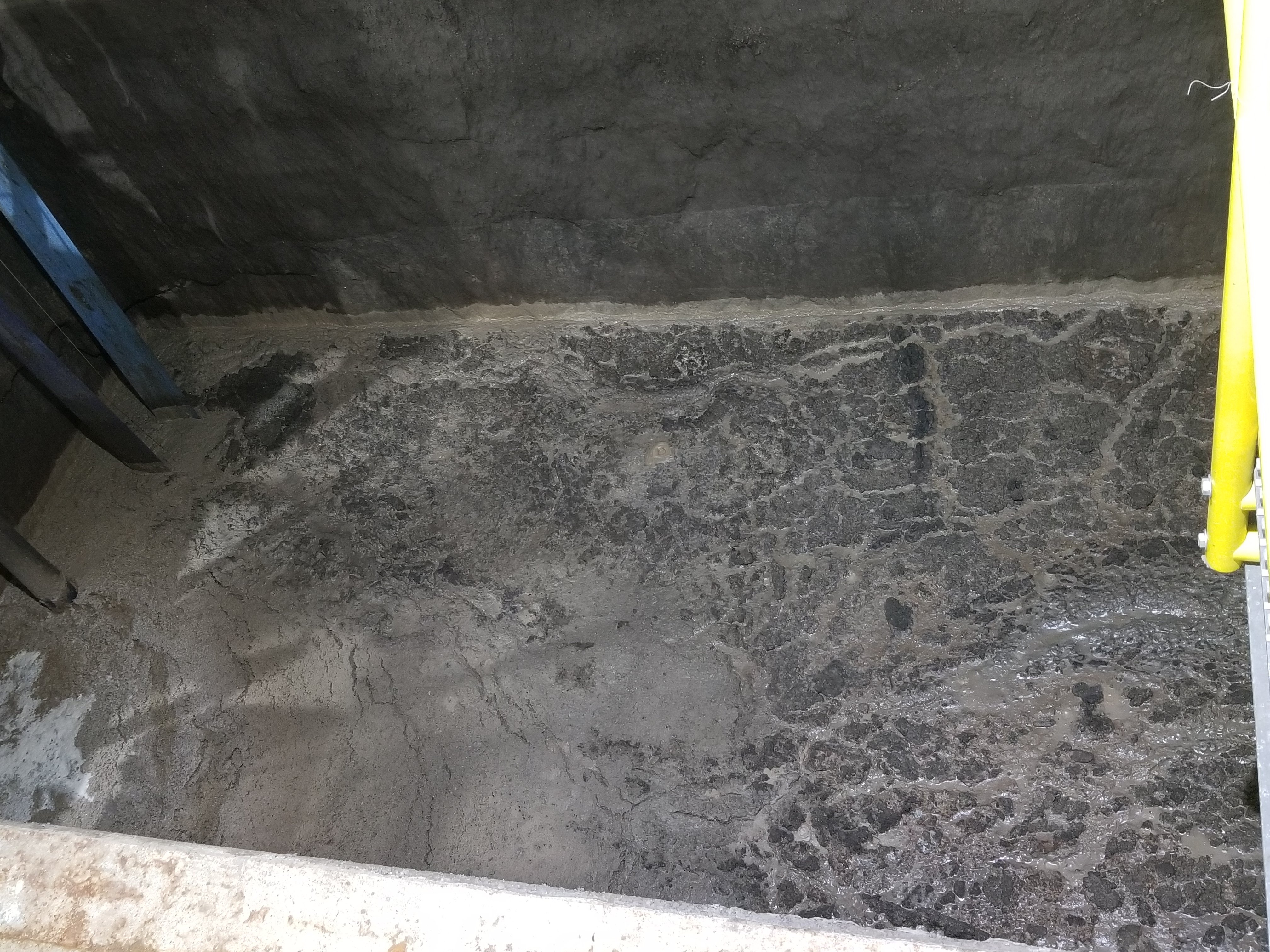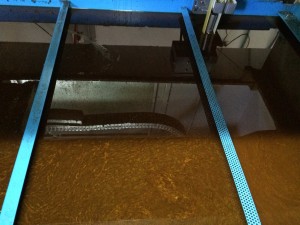Choosing the right oil skimmer tailored to your specific application is crucial for maximizing oil removal efficiency while minimizing capital and operational costs. Key factors such as the impoundment capacity, shape, and strategic placement of the tank and water impoundment play pivotal roles in determining the effectiveness and cost-effectiveness of your chosen oil skimmer.
A larger impoundment capacity allows for better management of oil-contaminated water, reducing maintenance frequency and operational interruptions. Tanks with smooth shapes and minimal internal obstructions facilitate efficient oil collection, enhancing skimmer performance and minimizing the risk of oil buildup. Strategic placement of the skimmer within your facility optimizes its efficiency by targeting areas where oil accumulates most. By considering these factors carefully, you can select an oil skimmer that not only meets your immediate needs but also contributes to long-term cost savings and operational efficiency.
Check out our Oil Skimming Guide to learn more.
Tank Size/Design
The size and design of your tank or sump play a pivotal role in ensuring efficient oil removal. It is essential that oil in the water is given the opportunity to separate naturally. Here are some key points to consider:
- Separation Opportunities: Oil and water can emulsify when subjected to turbulence and other mechanical agitation, making separation more challenging. To mitigate this, ensure that water returns to the tank below the liquid surface at the lowest possible velocity. This practice minimizes agitation and encourages natural separation.
- Quiet Areas and Weirs: Incorporating quiet areas and weirs within the tank allows oil and water to separate more effectively. These features reduce turbulence and provide a calm environment for oil to rise to the surface.
- Sufficient Volume: Ensure your tank or sump has adequate volume to allow for proper oil/water separation. The larger the volume, the more time oil has to separate from water, making the skimming process more efficient.
Tank Shape
The shape of your tank can significantly influence the efficiency of oil skimming. Tanks with complex shapes can create challenges in oil collection. Here’s what you should consider:
- Avoid Nooks and Crannies: Tanks without nooks and crannies are ideal, as these can trap oil and hinder the skimming process. If you have an irregularly shaped tank, position the oil skimmer where the largest amount of oil accumulates naturally.
- Oil Directing Mechanisms: Consider using mechanisms such as floating booms or baffle plates to direct oil towards the skimmer. These devices help channel oil to the collection point, improving the efficiency of the skimming process.
Tank Location/Installation
The physical location and installation of the oil skimmer are critical factors that affect its performance and ease of maintenance. Address the following questions to ensure optimal placement and functionality:
- Pumping Requirements: Determine if the skimmed oil needs to be pumped from the oil skimmer to the container. This consideration will influence the type of skimmer and additional equipment you may need.
- Maintenance Access: Ensure that the oil skimmer can be easily accessed for periodic maintenance. Difficulty in accessing the skimmer can lead to neglect and reduced efficiency over time.
- Mounting Space: Evaluate the available mounting space for the oil skimmer. Limited space can restrict your options, so it's crucial to measure and plan accordingly.
- Tank/Container Modifications: Assess whether any modifications to the tank or container are required to accommodate the oil skimmer. These modifications might include installing mounting brackets, adding baffle plates, or creating access points for maintenance.
By carefully considering the size/design, shape, and location/installation of your tank and oil skimmer, you can significantly enhance the efficiency of oil removal from your water systems. This approach not only helps in reducing operational costs but also ensures a cleaner and more environmentally friendly process. Remember, the right oil skimmer tailored to your specific application is an investment in both efficiency and sustainability.
To learn more about oil skimmers, please contact our experts at 440-543-7400 or visit our website: www.abanaki.com
You are just one step away from downloading Abanaki's most detailed resource on our oil skimming equipment. Simply click at the button to get your ultimate guide now.










